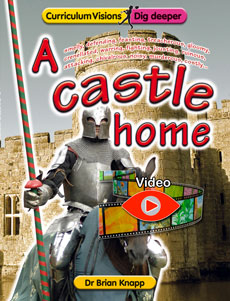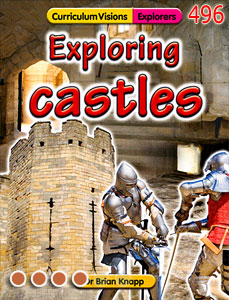Medieval knights lived by a set of strict rules. These were called chivalry. Nobles were warriors and to keep themselves fit and well-practised, they took part in regular sporting events, but these – tournaments – were wild and uncontrollable. Later they were calmed down to jousting and other individual competitions.
The tournament
In early medieval times, the place where knights showed off their skill was at the tournament. It was another idea borrowed from the Romans, in this case from the chariot races and military exercises between the cavalry in Roman legions.
The mock battle was the centrepiece of the tournament. Two sides battled it out by means of a horseback charge using lances held level. The idea was to knock someone off their horse, ride on, turn and ride back (hence tournament, meaning turning around) into the fight to knock another opponent off their horse. There was also jousting, where two knights rode at each other with the aim of dislodging the opponent. However, this was a side-show compared to the battle – called the melée.
The tournament usually ended with both sides being exhausted. The patron of the day would offer lavish banquets and entertainments. Prizes were offered to the best knight on either side (a medieval ‘man of the match’), and awarded during the meals.
Tournaments led to loutish behaviour and kings banned them, or restricted them to certain places (wherever a lord could afford to pay the licence fee!), so they were not found near to every castle. Knights might have to travel a long way to one of the tournament sites. Which is why jousting - individual combat - became more popular.
Early knights wore rings of iron meshed together (chain mail) and a large helmet (a helm), but gradually fashion changed to plate armour which was often so heavy the rider had to be lifted up on his horse with the help of his squire. The horse also had to be able to take this weight and so cavalry horses were more like cart horses. Lances for jousting were made of solid oak. They could cause bruising, but could not go through the armour, so deaths were not common. Horses did not gallop (and probably could not under such a weight), but simply ambled, so there was time for the riders to plan their thrust. The same applied to a real battle, when long, slashing swords were mostly used instead of a lance. Knights did not run full pelt at the opponent, as popular films make out, for that increased the chances of missing the target.





